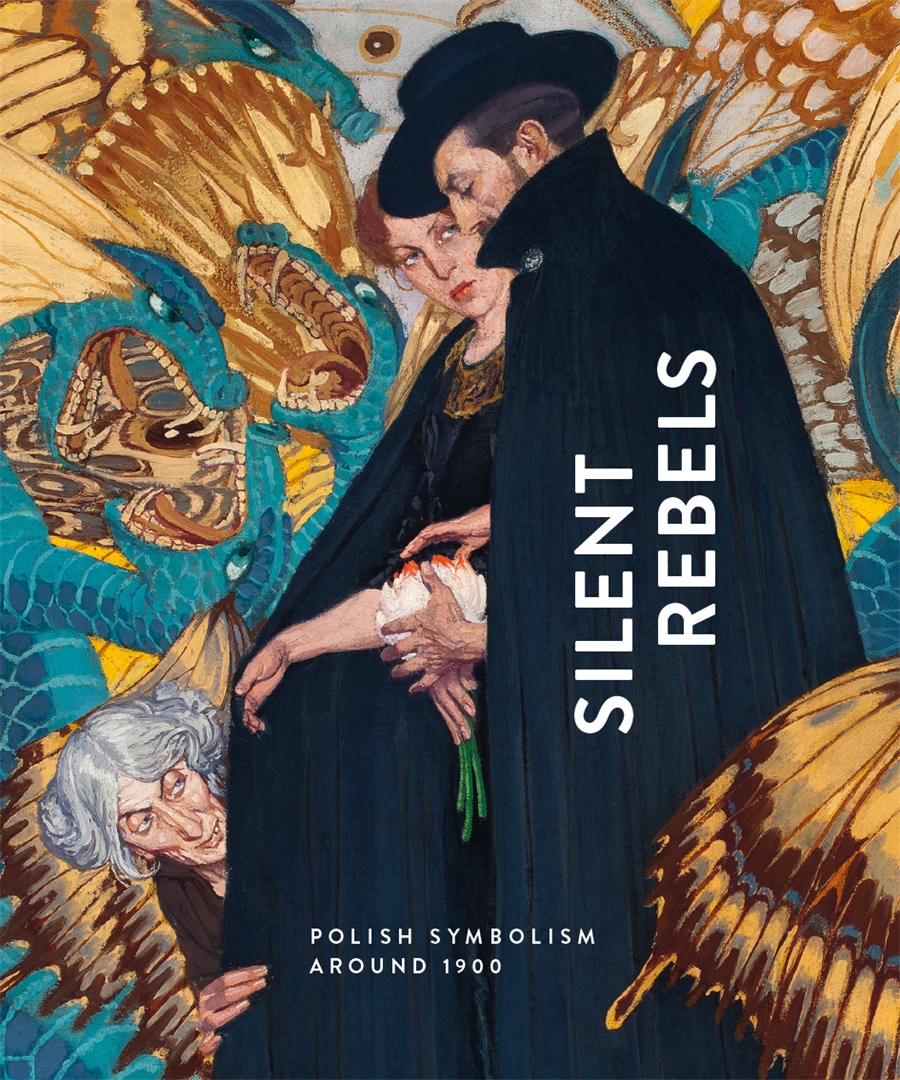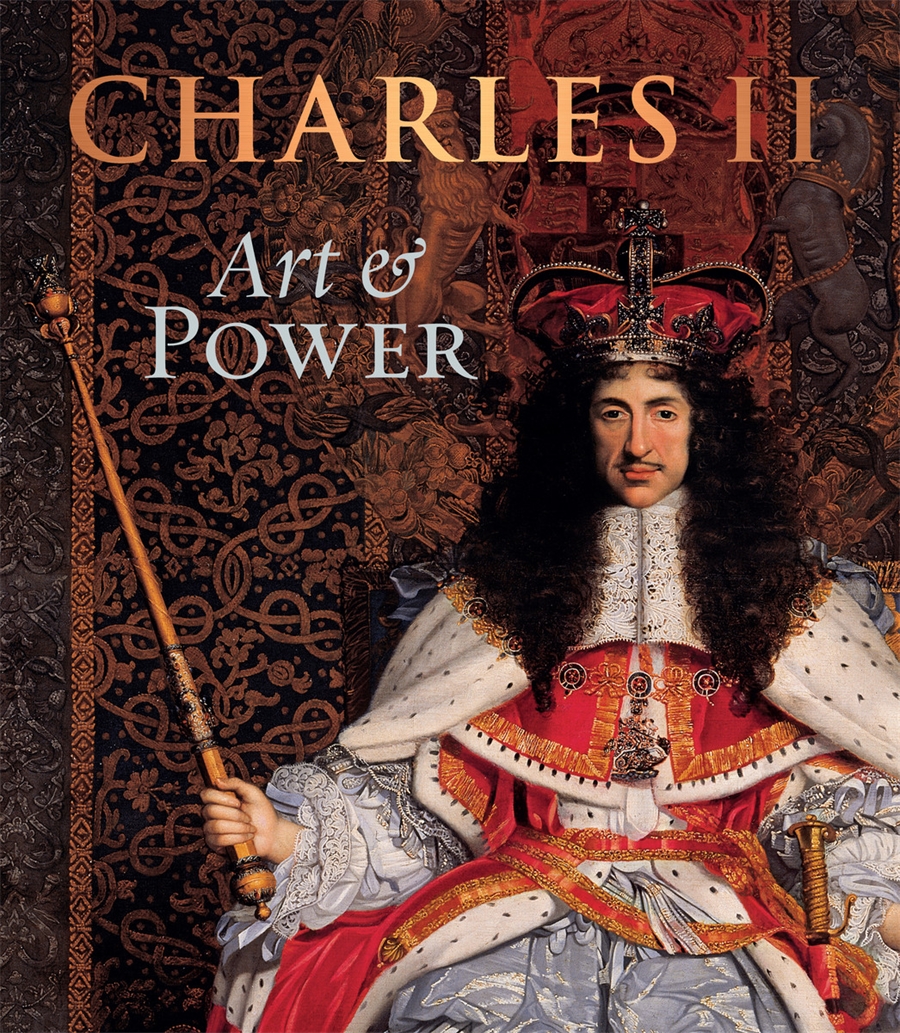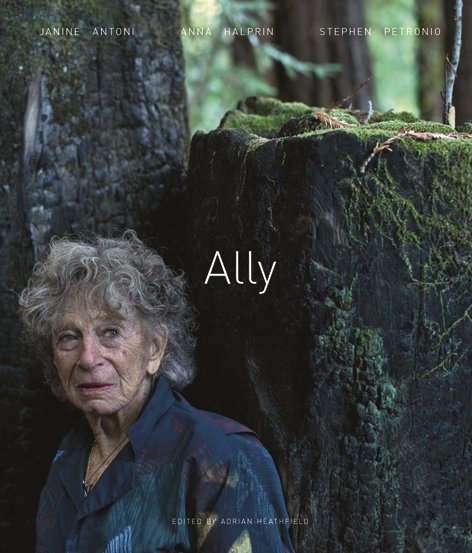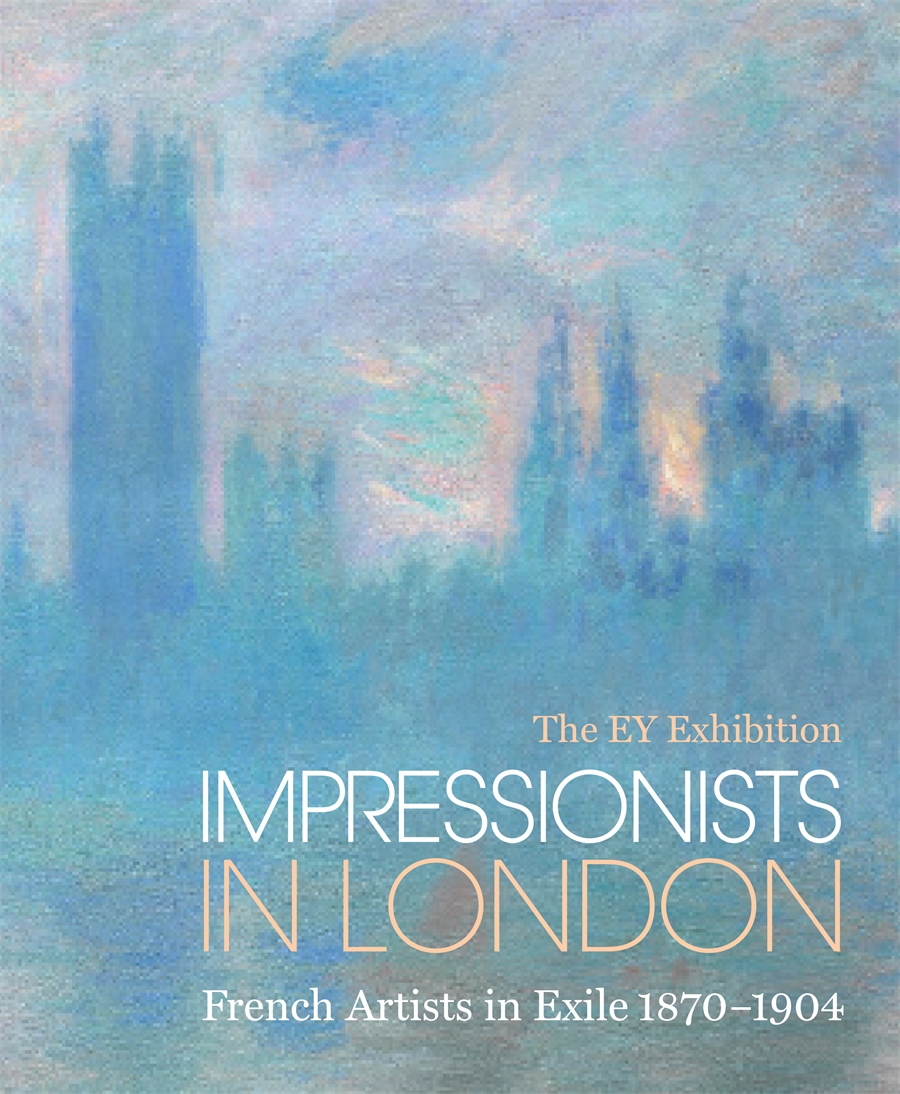Description
A discovery: Polish Symbolism between decadence and a new beginning The turn of the century was a golden age for Polish art. The publication shows about 130 masterpieces of painting from this era between decadence and a new beginning and describes its roots in Polish history, culture and nature as well as the close connections with the European art scene.
Polish painting in around 1900 carries us into a world of myths and legends, into dream-like landscapes, old traditions and customers, into the depths of the human soul. In a nation without its own state – until its independence in 1918 Poland was divided between Russia, Prussia and Austria-Hungary – a young generation of artists emerged to renew painting. They gave it a common identity, but joined forces at the same time with the European avant-gardes.
Artists featured: Teodor Axentowicz, Olga Boznańska, Józef Chełmoński, Władysław Czachórski, Julian Fałat, Wojciech Gerson, Aleksander Gierymski, Gustaw Gwozdecki, Vlastimil Hofman, Władysław Jarocki, Konrad Krzyżanowski, Jacek Malczewski, Jan Matejko, Józef Mehoffer, Edward Okuń, Józef Pankiewicz, Władysław Podkowiński, Witold Pruszkowski, Ferdynand Ruszczyc, Kazimierz Sichulski, Władysław Ślewiński, Kazimierz Stabrowski, Jan Stanisławski, Henryk Szczygliński, Włodzimierz Tetmajer, Wojciech Weiss, Stanisław Witkiewicz, Witold Wojtkiewicz, Leon Wyczółkowski, Stanisław Wyspiański




Reviews
There are no reviews yet.